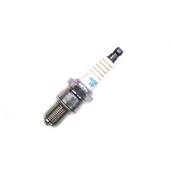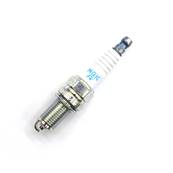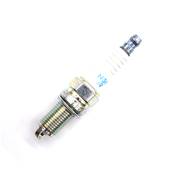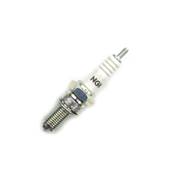 Products presentation INSTALLATION RECOMMENDATIONS CASE OF REPLACEMENT Founded in 1936, NGK or Nippon Gaishi Kaisha is a Japanese company specialized in ceramics and commercializes spark plugs. Established in many countries, NGK has been the world leader in its field for years. NGK MOUNTING RECOMMENDATIONSELECTRODE SPACING It is sometimes necessary to adjust the electrode spacing because it does not always match the specific setting for each application. Gaps are specified for each application. The adjustment of the electrodes is essential for an optimal combustion ! REPLACEMENT OF A SPARK PLUG1. Use a suitable spark plug wrench. 2. Wait for the engine to cool before removing the spark plug. 3. Turn the ignition cable cap slightly and remove it by pulling on the cap, not on the cable. 4. Remove the caps one at a time so that they do not get mixed up 5. Make sure the cap and ignition cable are not damaged. are not damaged. 6. Loosen the spark plug by 1/4 turn and clean the dirt with compressed with compressed air. 7. Remove the spark plug. 8. Clean the spark plug seat and refit a new spark plug by screwing it in by hand without using grease on the threads. on the threads. 9. Screw in the spark plug with the recommended tightening torque (see table opposite). 10. Replace the ignition cable, making sure the cap is properly that the cap is properly attached. 11. For the other cylinders, repeat steps 4 à 10. 12. Check the condition of the ignition system. TIGHTENING TORQUE (NGK data) USE A TORQUE WRENCH  Cast iron cylinder head Aluminium cylinder head
// Ø 18 and 14 mm 1/2 - 2/3 turn (180° à 240°) 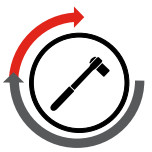 // Ø 12 and 10 mm 1/2 turn (180°) 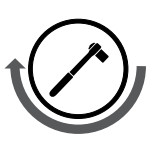 // Ø 8 mm 1/3 turn (120°) 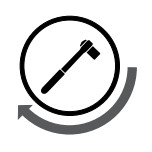 The angles are given as an indication. Please refer to the recommended angle indicated on the candle box. A large part of the heat is dissipated through the parting line. |
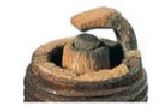 Used electrodes Lack of engine power Misfiring Increased fuel consumption |
Exceeding the periodicity of replacement |
▸ Replace the spark plug |
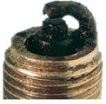 Dry or wet fouling Bad ignition |
Air/fuel mixture too rich Incorrect thermal range (too cold) Delayed ignition Incorrect electrode spacing Oil consumption |
▸ Adjusting the air/fuel mixture ▸ Checking the thermal index ▸ Check the ignition delay ▸ Check the distance between the electrodes ▸ Check oil consumption |
 Overheating Fused, welded electrodes |
Incorrect thermal range Ignition advance Insufficient cooling Air/fuel mixture too lean Poorly tightened spark plug |
▸ Check the spark plug recommendation
▸ Check the ignition advance ▸ Check for a cooling problem cooling ▸ Check the quality of the mixture ▸ Tighten the spark plug to the recommended torque with a torque wrench |
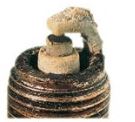 Deposits Bad ignition or no ignition |
Poor fuel quality Poor oil quality Poor engine condition |
▸ Check the fuel used ▸ Check the quality of the oil used ▸ Engine control |
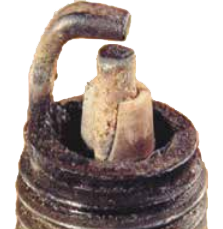 Broken or cracked ceramic Bad ignition or no ignition |
Mechanical shocks Thermal shocks Engine vibrations Poor sealing Badly tightened spark plug |
▸ Check the condition of the cylinder head gasket ▸ Check for vibration problems engine ▸ Tighten the spark plug to the recommended torque with a torque wrench |
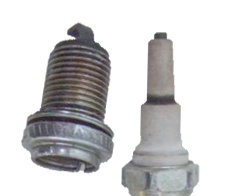 Torn off thread |
Use of an unsuitable tool Too much torque applied |
▸ Use a torque wrench ▸ Respect the recommended torque |




